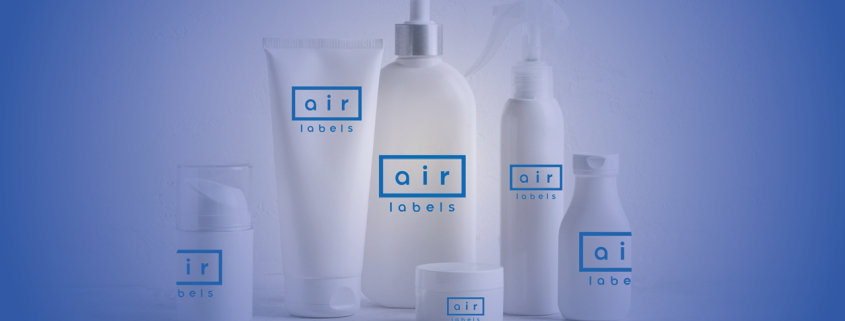Terms of the trade
For veterans and beginners alike
From basic technical terms to advanced concepts, our comprehensive list covers everything you need to know to smoothly navigate the language of the label industry. Take a crash course in industry terms and deepen your understanding of label production
Call off
Calling off means buying labels with reference to a previously agreed annual volume. One year’s volume can, for example, be divided into four different order occasions and then you have four call offs for the label. Normally, this also means four production occasions, if you have not agreed to produced to stock.
Wash-off labels
This is a label that can be easily removed using water or soap and water.
Removable label
There are special adhesives that make the label removable, and some that are semi-removable. You choose a removable label, for example, if the surface is sensitive or you know that the end user wants to remove the label after purchasing the product.
Booklet label
A booklet label is very similar to a folder label, but the inserted printed information is made so that you can flip between the pages, as in a small book, “booklet”.
BRC
BRC is an abbreviation of the British Retailing Council, which is an international standard for effective management of hygiene and quality in food companies. Read more at http://www.brc.org.uk/.
Double label
Consists of two labels on top of each other that are applied as a unit to the product. This often gives three printable pages, including the top label’s adhesive side (usually just text).
The width and height of the label
The height is the measurement in the direction of the label roll and the width is the measurement across the roll. Caution: The definition means that a label’s height and width can be reversed when the label is turned 90 degrees on the label roll. The size of a label is expressed as width*height in mm.
Family
A group of labels that have the same die and label material and similar but different prints. A range of marmalades with the same brand but for example orange, strawberry, raspberry and blueberry flavors or a supplier’s different shampoo for dry, oily, straight or curly hair are examples.
It provides great operational economy in flexo production (and offset and letterpress) to simultaneously produce several variants within the same family because you only change a few clichés and/or colors when you go from one variant to the next but avoid changing dies and materials.
In digital label production, it matters very little whether one or more variants are printed in a certain production run.
Multi-page labels
If the space on a normal label is not enough for the information you want on the product, you can choose a multi-page label. The main types are double labels and folder or booklet labels.
Folder label
Folder labels consist of a bottom label and a top label and a folder is inserted between them. The top label acts as a cover and protection for the folder and must be opened for the folder to be read. The folder is printed on plain paper and is available in many variants. This kind of label is used, for example, for campaigns or competitions, but also to provide space for a lot of information, as on labels for the pharmaceutical industry.
FSC
FSC is an abbreviation of Forest Stewardship Council. This is an organization that investigates and guarantees that paper is produced from trees grown in well-managed forests. Read more at https://fsc.org.
Light fastness
Sunlight, or actually UV light, causes color to fade. How quickly the color fades is measured on “the Blue Wool Scale”, BWS. A high BWS value means that the label retains its color longer. Normal color has BWS 5-6, maximum is 8.
Low migration
Low migration is a concept to guarantee the highest standard of color and material for the labels used for food products. Special colors, materials and processes (GMP) are used in low migration. So far, the term is somewhat vaguely defined and there is no uniform usage within the industry. If you want to know more, just ask and we will be happy to explain!
Matrix
After the die cutter creates the unique label shape, the remaining adhesive material is peeled off and removed. This is called the matrix.
PEFC
PEFC is an abbreviation of the Program for the Endorsement of Forest Certification. This is an organization that investigates and guarantees that paper is produced from trees grown in well-managed forests. Read more at https://www.pefc.org/.
Permanent label
A permanent label is made to not be removed. A permanent adhesive is chosen for a label that will remain on a product over a longer period. These can be, for example, labels for product decoration, security labels or price marking labels.
Repeat
New order for previously printed labels. Normally not the same number of labels from time to time, but you can use the same approved print proof.
Repeat with change
As above but with one or more minor changes, typically in text which means a new version is created. Requires new print file and customer approval.
Run-on
Run-on is the production phase when salable labels are produced. The correct print quality has been ensured in the previous start-up or variant changeover phases and the printing press is now moving into a continuous production phase. The only estimated interruption is for changing material rolls.
SKU
Stock keeping unit. The individual label with unique design. Every change to the design gives rise to a new SKU, such as a small text change on a label.
Die cutter
Device that “cuts” out the unique label shape in the printing press. Normally a thin metal plate applied to a magnetic cylinder.
Start-up
When a producer starts a new print job and prepares material, color and die. Three to four hundred meters of material are often used in flexo before the right print quality is obtained and maybe 30 minutes of time. You usually also count on the material and time it takes to finish a print job. (The terminology is based on all production being either start-up, run-on or variant change, see the definition of these other terms).
Variant
A variant is one of the different labels in a label family. In the example explaining the word family, the variants are the different labels in the marmalade, orange, strawberry, raspberry and blueberry flavor family.
Beware of confusing variant and version.
Variant change
Variant change means an interruption in production that occurs when you change from one variant to another. Some colors and some clichés are changed (but not material or die cutter).
Version
When minor changes are made to a label, such as changing some words or numbers in the back text, the new label is a version of the previous one. Often, but not always, different versions have the same article number but with different “endings”, like -01 and -02 or -A, -B or similar. A new version gives a new SKU.



